How Hot Is an Anaheim Pepper? Let’s Peel Back the Layers
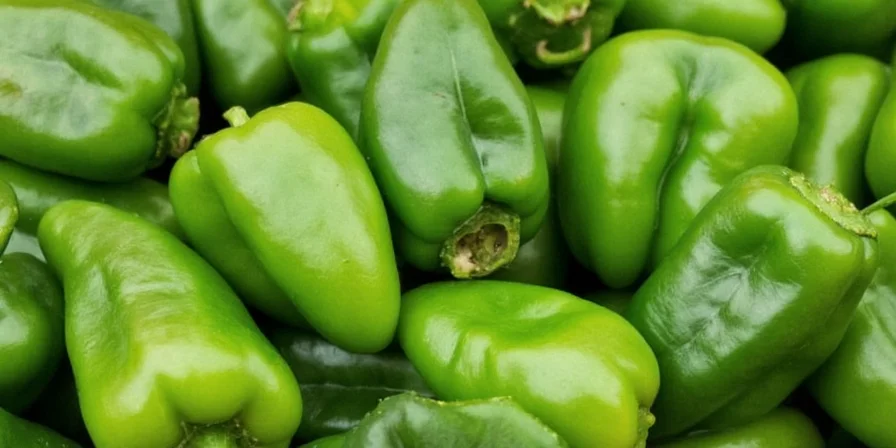
Introduction: Meet the Chameleon of Chiles
If chilies were in a boy band, the Anaheim pepper would be the quiet one who surprises you with a killer high note. Mild-mannered but occasionally spicy, these green (and sometimes red) beauties are often underestimated. But how hot is an Anaheim pepper really? Grab your gardening gloves and a glass of milk — we’re diving into the heat level, flavor profile, and some surprising facts about this Southwest staple.
Table of Contents
- What’s the Heat Level of an Anaheim Pepper?
- Comparing Heat: Anaheim vs. Other Common Peppers
- Why Heat Varies from Pepper to Pepper
- How to Use Anaheim Peppers in the Kitchen
- Pro Tips for Cooking with Anaheim Peppers
- Anaheim Pepper Profile: Quick Reference Chart
- Fun Facts You Probably Didn’t Know About Anaheim Peppers
- Final Thoughts: Is the Anaheim Pepper Worth the Hype?
What’s the Heat Level of an Anaheim Pepper?
The Anaheim pepper sits comfortably in the mild to medium range of the Scoville scale. On average, it ranges between 500 to 2,500 Scoville Heat Units (SHU). To put that into perspective, jalapeños typically clock in around 2,500 to 8,000 SHU — so most Anaheims are milder than your average jalapeño taco Tuesday staple.
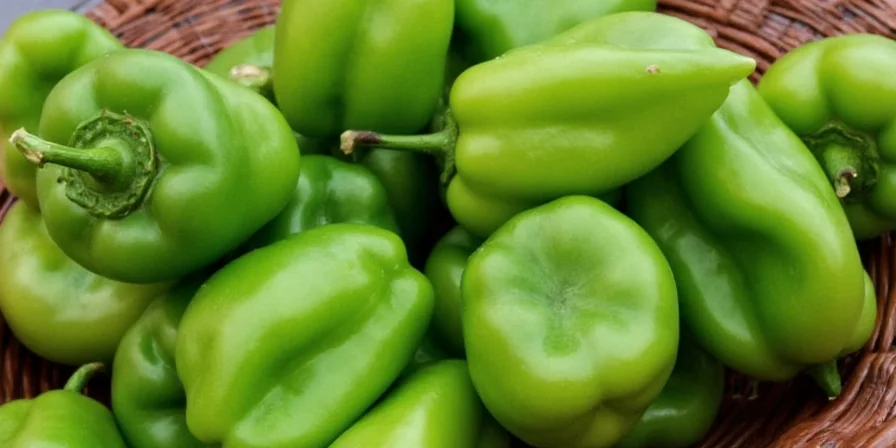
However, don’t let that low number fool you. Occasionally, an Anaheim will surprise you with a bit more kick, especially if grown in hotter climates or left to ripen longer on the vine. Think of them like that friendly neighbor who brings cookies… but also once trained in Brazilian jiu-jitsu.
Comparing Heat: Anaheim vs. Other Common Peppers
| Pepper | Scoville Heat Units (SHU) | Relative Heat Description |
|---|---|---|
| Anaheim | 500 – 2,500 | Mild to occasional zing |
| Jalapeño | 2,500 – 8,000 | Classic taco-level heat |
| Poblano | 1,000 – 2,000 | Perfect for stuffing and roasting |
| Bell Pepper | 0 | Total peacekeeper in the spice world |
| Hatch Green Chile | Varies (similar to Anaheim) | Anaheim’s smoky cousin from New Mexico |

Why Heat Varies from Pepper to Pepper
You might pick two Anaheims from the same plant and get wildly different results. Why? Because chilies are moody — and affected by several factors:
- Climate: Peppers grown in hotter regions (like New Mexico or Arizona) tend to pack more heat.
- Ripeness: The longer they stay on the vine, the spicier they get. Red Anaheims = slightly more drama.
- Soil and Stress: If a pepper plant experiences water stress or nutrient fluctuations, it produces more capsaicin as a defense mechanism. Nature’s spicy tantrum!
- Seed Placement: The seeds and inner ribs hold the most capsaicin. Removing them reduces the perceived heat significantly.
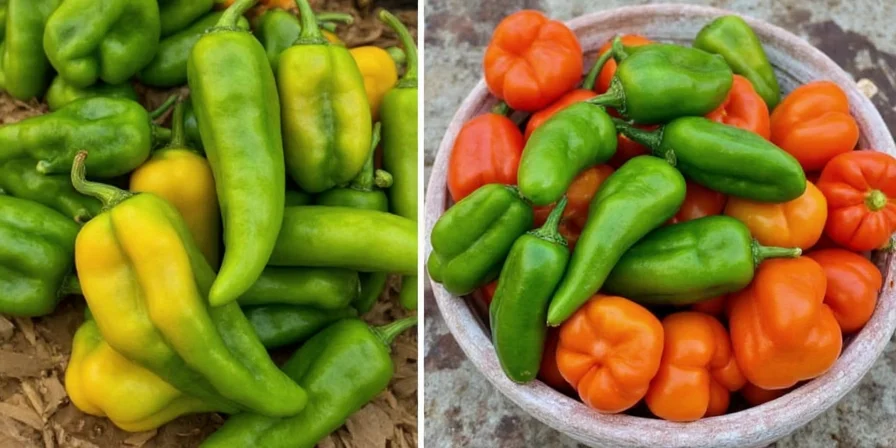
How to Use Anaheim Peppers in the Kitchen
Anaheims are incredibly versatile. They’re not just a heat source; they bring a mild, earthy flavor with a touch of sweetness. Here’s how to make the most of them:
- Roast 'Em: Char them over an open flame until blistered. Then peel, seed, and slice for sandwiches, salsas, or enchiladas.
- Stuff It: Similar to poblanos, Anaheims can be stuffed with cheese, meat, or grains for a satisfying main dish.
- Chili Requerimiento: Used in traditional Southwestern dishes like chile verde or rajas con crema.
- Add to Soups & Stews: Dice and add during cooking for a subtle warmth without overpowering other flavors.
- Make Your Own Chile Oil: Infuse olive oil with sliced roasted Anaheims for drizzling over tacos or grilled veggies.
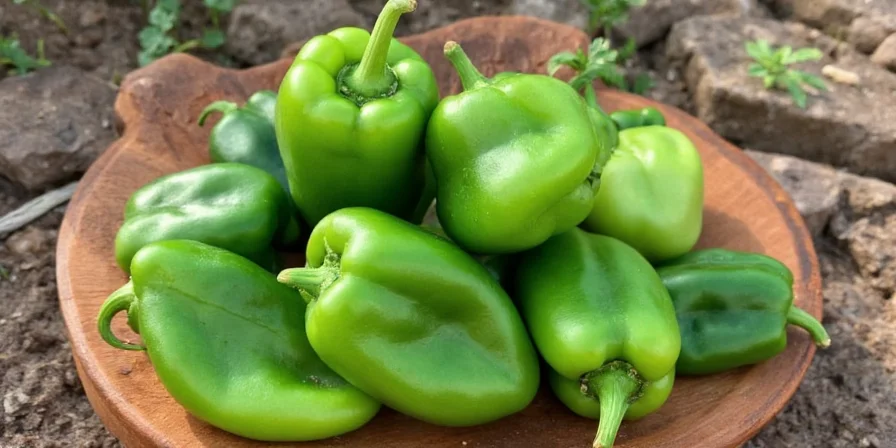
Pro Tips for Cooking with Anaheim Peppers
- Wear Gloves: Capsaicin can linger on your skin and cause irritation. Even if you think it's mild, better safe than sorry.
- Use a Vent Hood: Roasting releases volatile oils that can sting your eyes and nose. Turn on the fan!
- Dry Them Out: Hang dried Anaheims in your kitchen for decorative flair — and future use in soups or stews.
- Freeze for Later: Roast and freeze whole peppers in a bag. When you need a quick hit of green heat, thaw and chop.
- Pair with Dairy: Milk, sour cream, or cheese help neutralize the burn — even if it’s just a gentle whisper of spice.
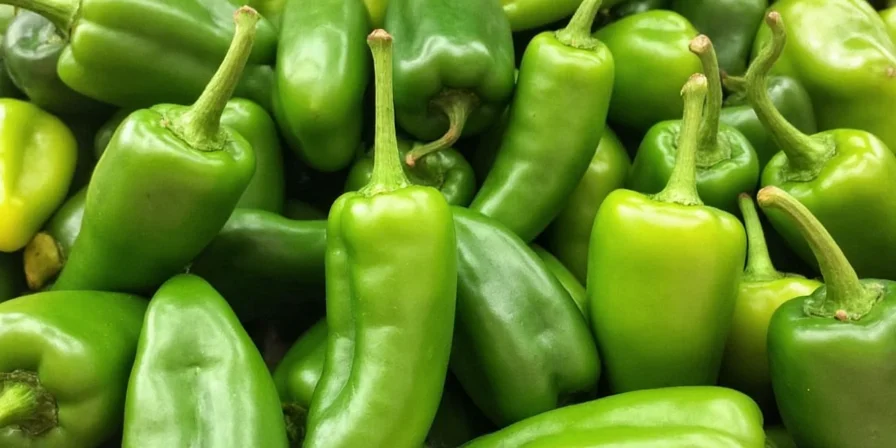
Anaheim Pepper Profile: Quick Reference Chart
| Attribute | Description |
|---|---|
| Origin | New Mexico, popularized in Anaheim, California |
| Color | Green (most common), turns red when fully ripe |
| Flavor | Mild, earthy, slightly sweet |
| Heat Level | 500 – 2,500 SHU |
| Common Uses | Stuffed, roasted, in sauces, soups, and salsas |
| Substitutes | Poblano, Hatch green chile, cubanelle pepper |
Fun Facts You Probably Didn’t Know About Anaheim Peppers
- Anaheim peppers were originally bred in New Mexico but became popular in — you guessed it — Anaheim, California.
- They're often used in home gardens because they're easy to grow and adapt well to various climates.
- In their red form, they’re sometimes dried and referred to as “California chiles.”
- Despite their name, you’ll find them all over Mexican and Southwestern U.S. cuisine.
- Some chefs say the flavor becomes richer after roasting — making them perfect for fall dishes!
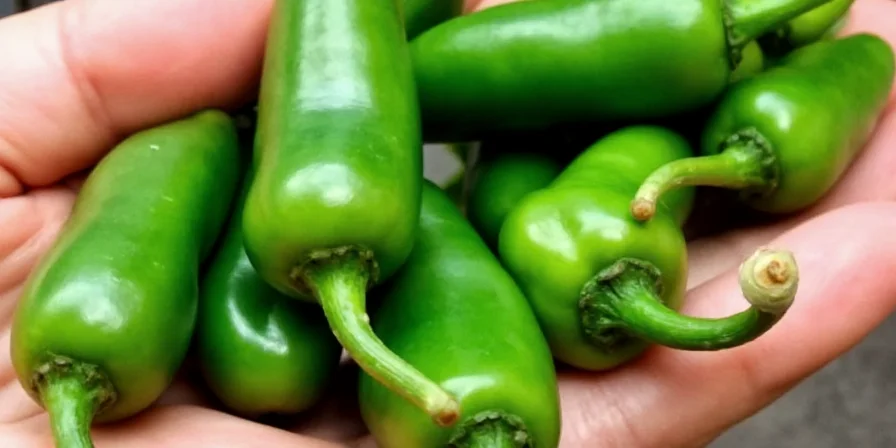
Final Thoughts: Is the Anaheim Pepper Worth the Hype?
All things considered, the Anaheim pepper is the kind of chili that sneaks up on you. It won’t knock your socks off with heat, but its versatility and flavor make it a staple in many kitchens. Whether you’re new to the spice game or looking for a gentler option for family meals, the Anaheim is your go-to green.
So next time you see those glossy green peppers at the market, don’t underestimate them. They might just become your new secret weapon in the spice cabinet arsenal. And remember: always taste before you trust!
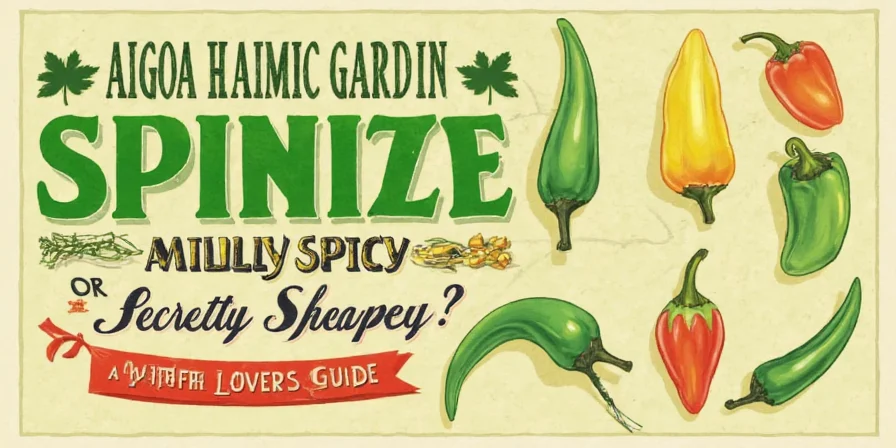











 浙公网安备
33010002000092号
浙公网安备
33010002000092号 浙B2-20120091-4
浙B2-20120091-4